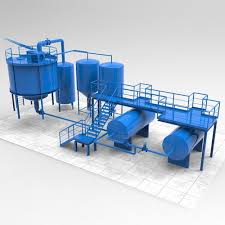Technological aspects
- shubhcivil299
- Sep 20, 2020
- 1 min read
Having covered the basics of biological wastewater treatment, it’s time to shift focus to a specific biological treatment method: moving bed biofilm reactor.
Norwegian researchers developed MBBR technology in the late 1980s and early 1990s. The goal of MBBR was to compensate for some of the issues that characterize other biological wastewater treatment methods, and it did so effectively. MBBR combines many of the strengths of biological processes, specifically anactivated sludge process and biofilm media, while eliminating or minimizing the shortcomings that tend to come with biological processes for wastewater treatment.
Because of the many benefits it offers, MBBR has become a popular mode of biological wastewater treatment. MBBR uses plastic carriers covered in biofilm to decompose waste. In addition to being an effective means of removing organic substances, MBBR is also an innovative method for nitrification and denitrification.
As with other biological treatment processes, MBBR is often part of a multi-step system for wastewater treatment, with other processes focused on different aspects of purification. That is why an MBBR process flow diagram will often include other steps, such as grit removal and disinfection. Individual plants can customize the MBBR process itself and their overall wastewater treatment regimen to properly address their purification needs.





Comments